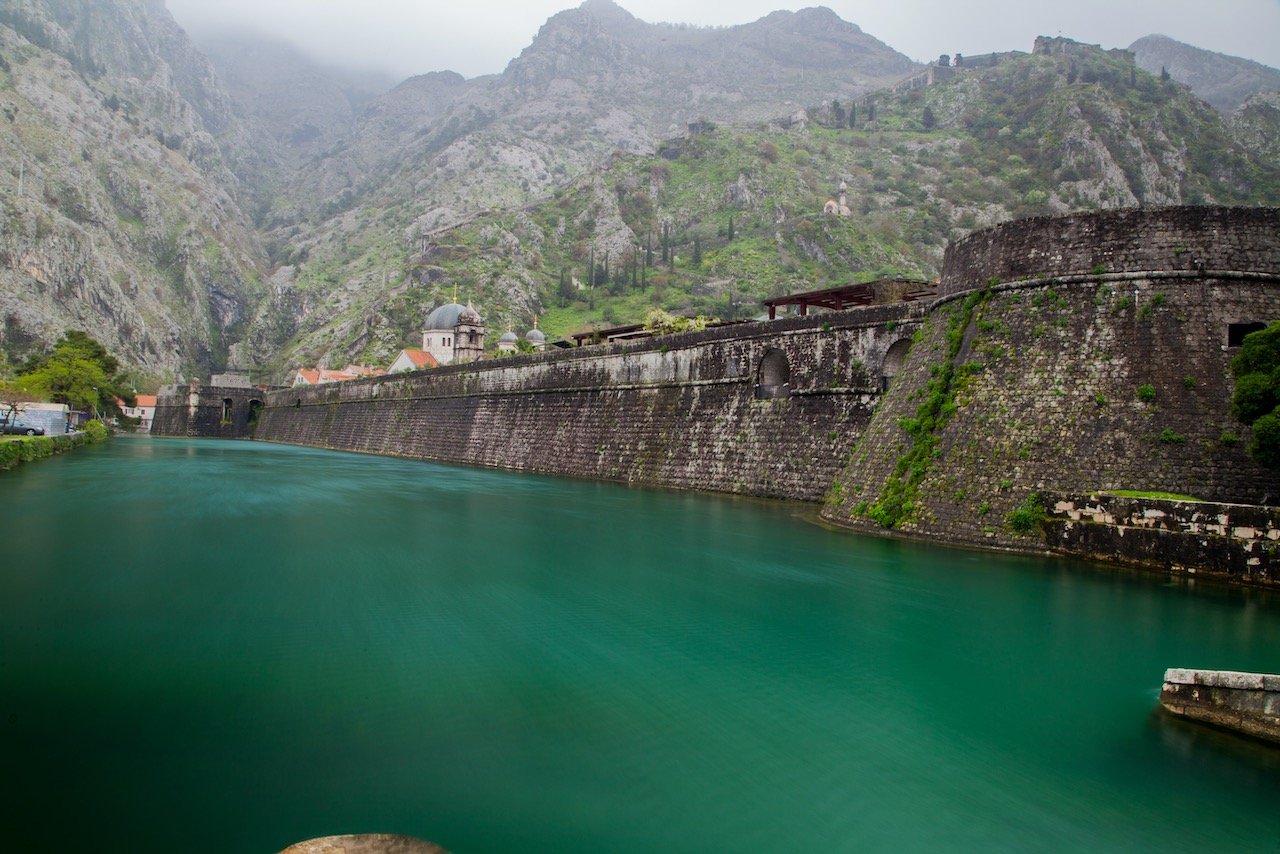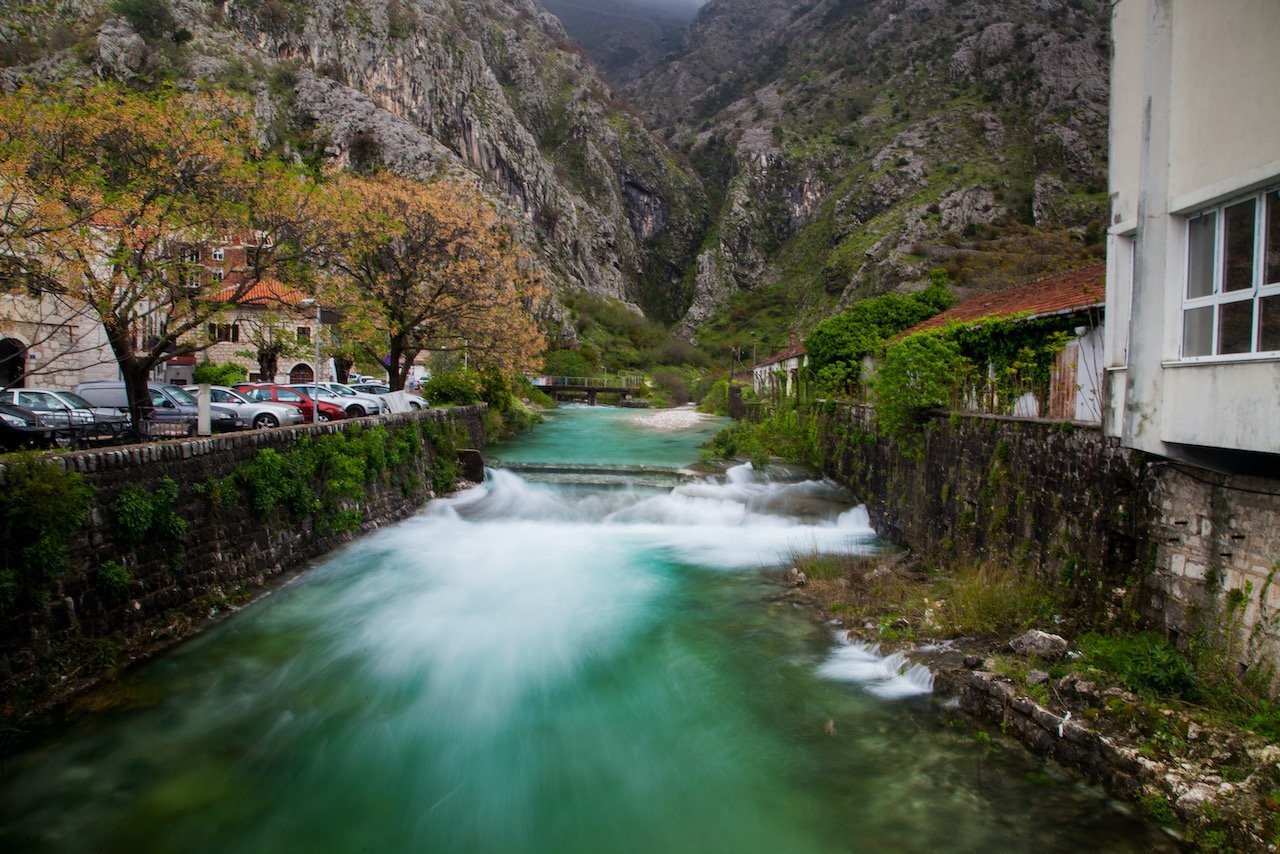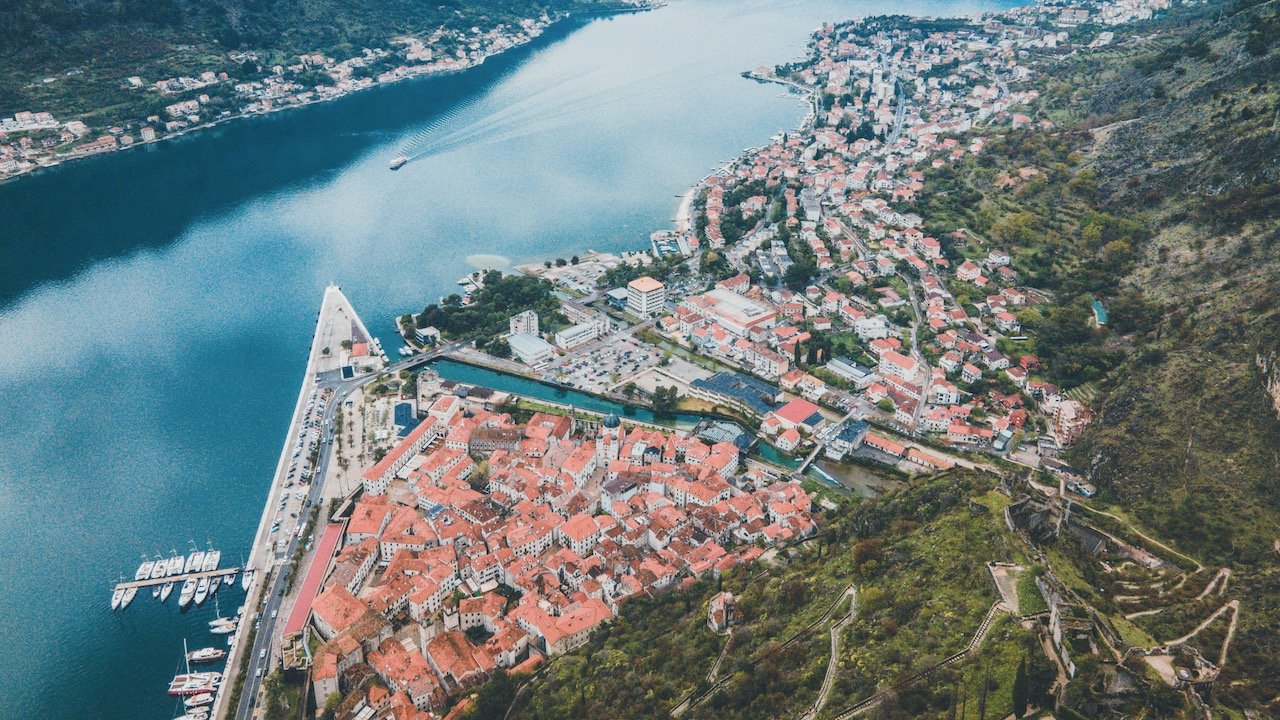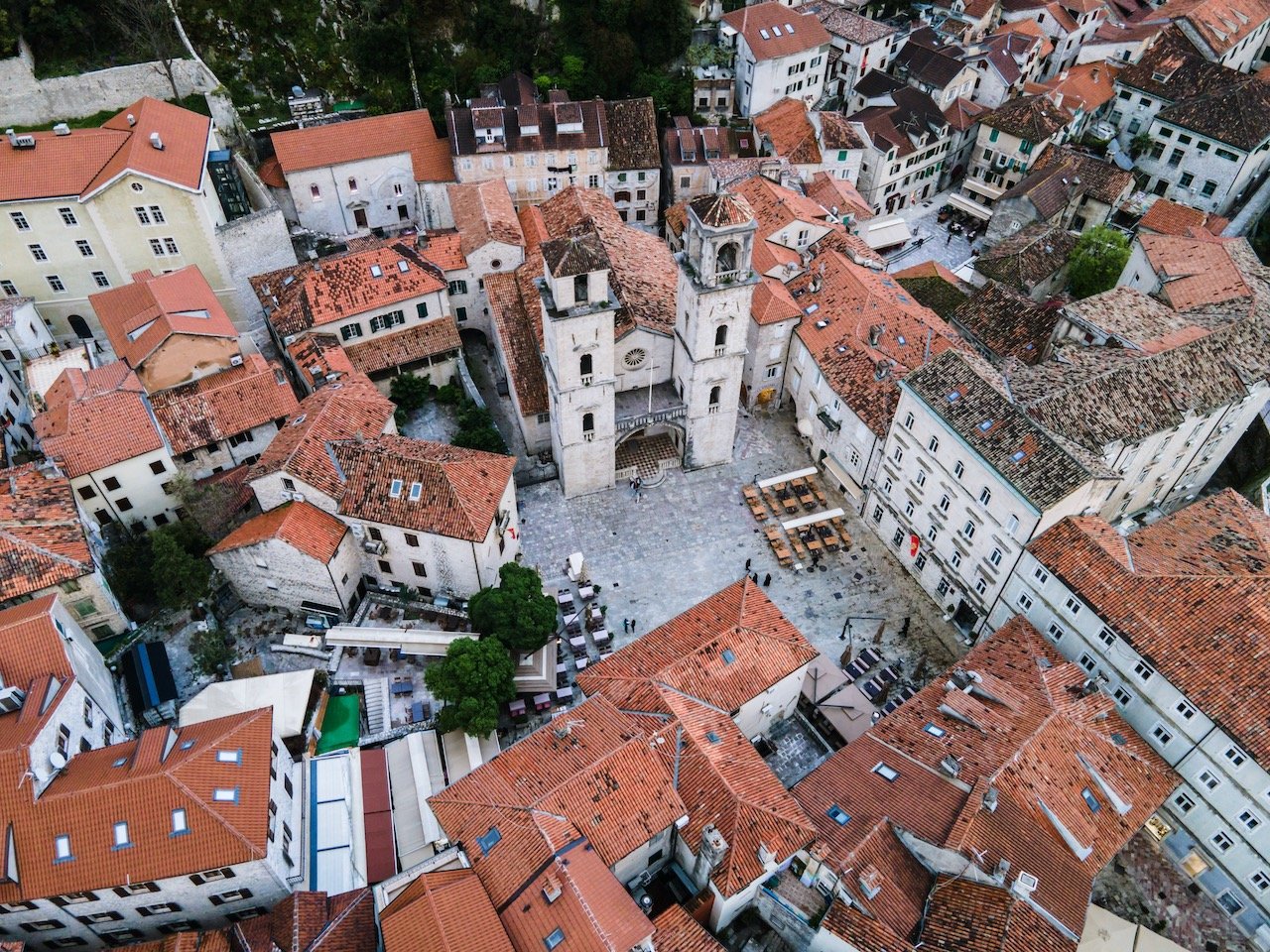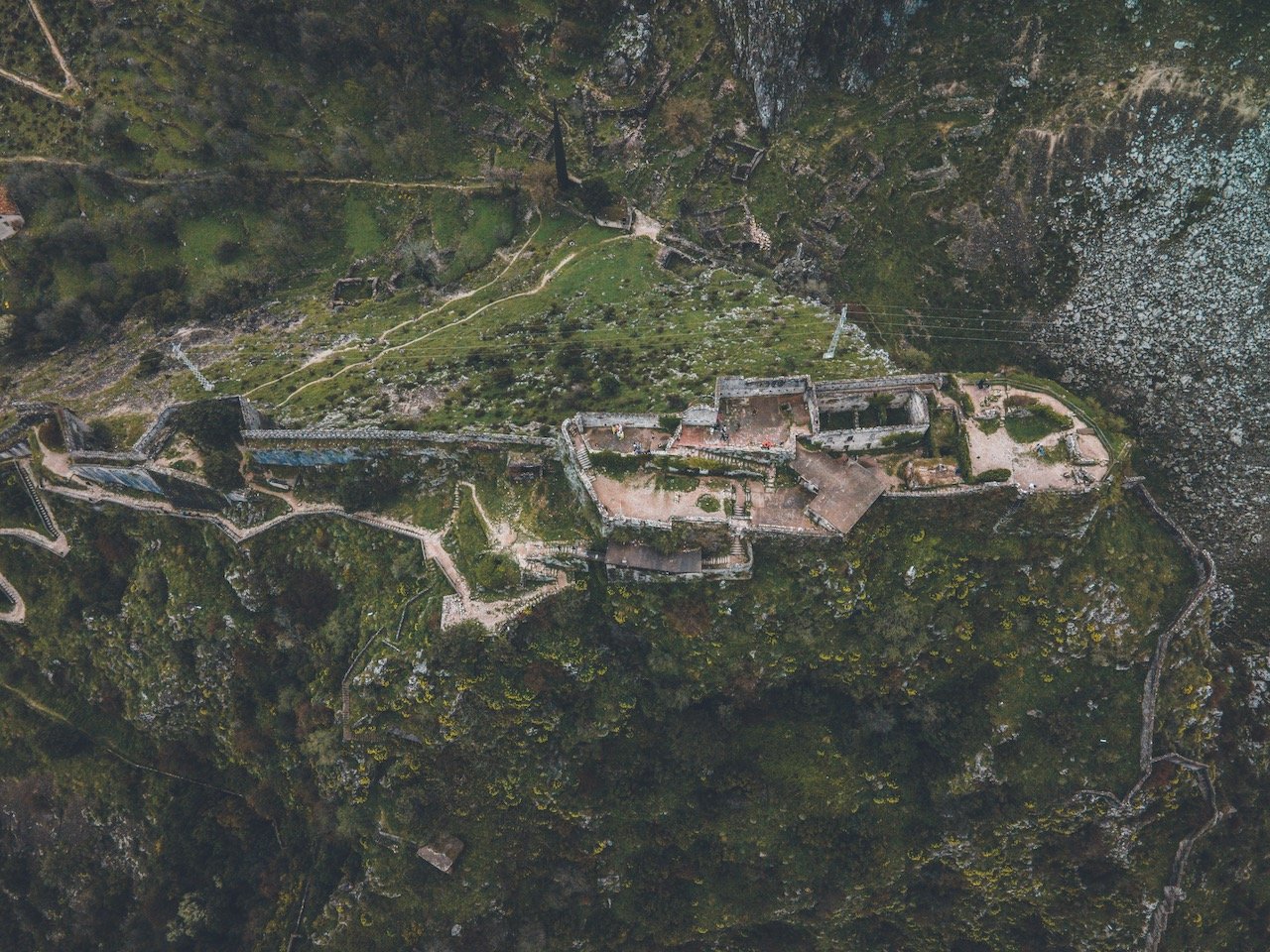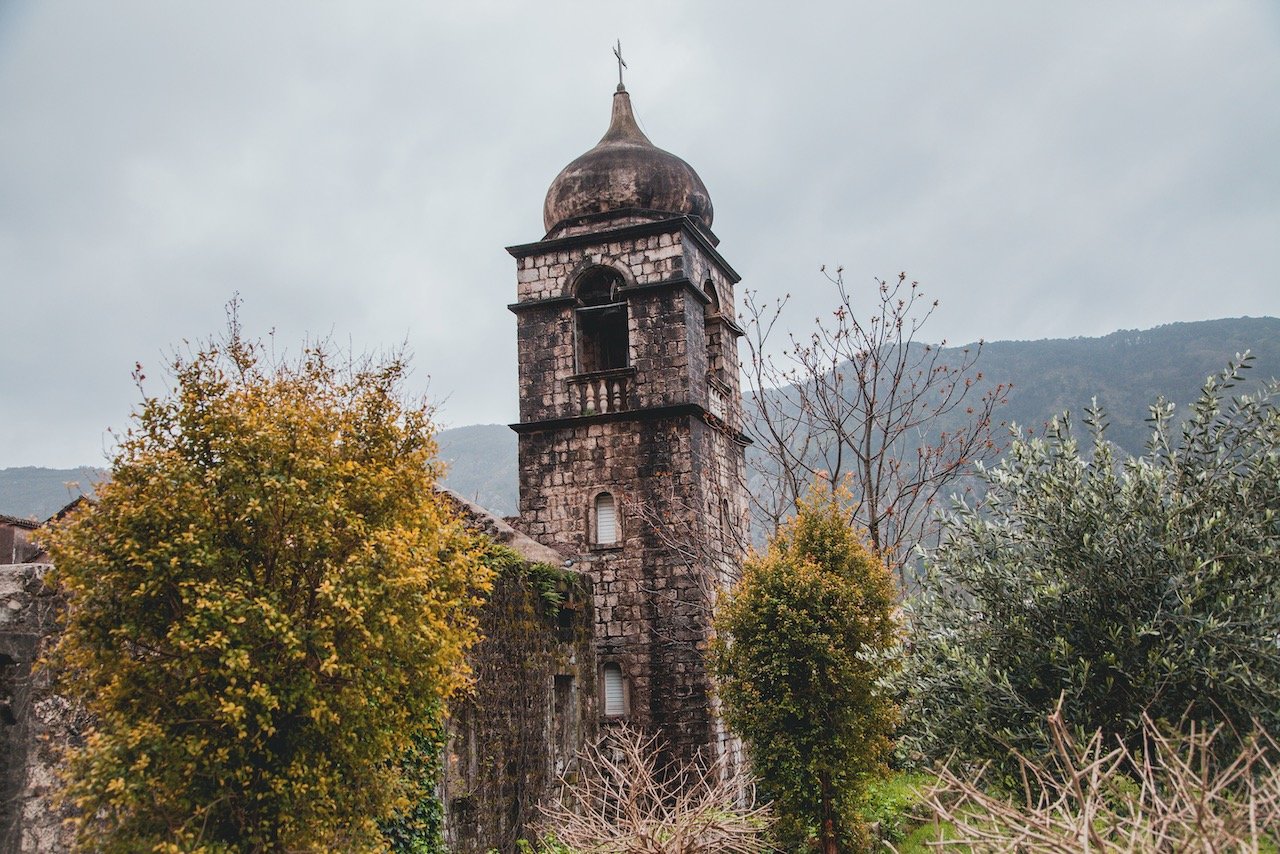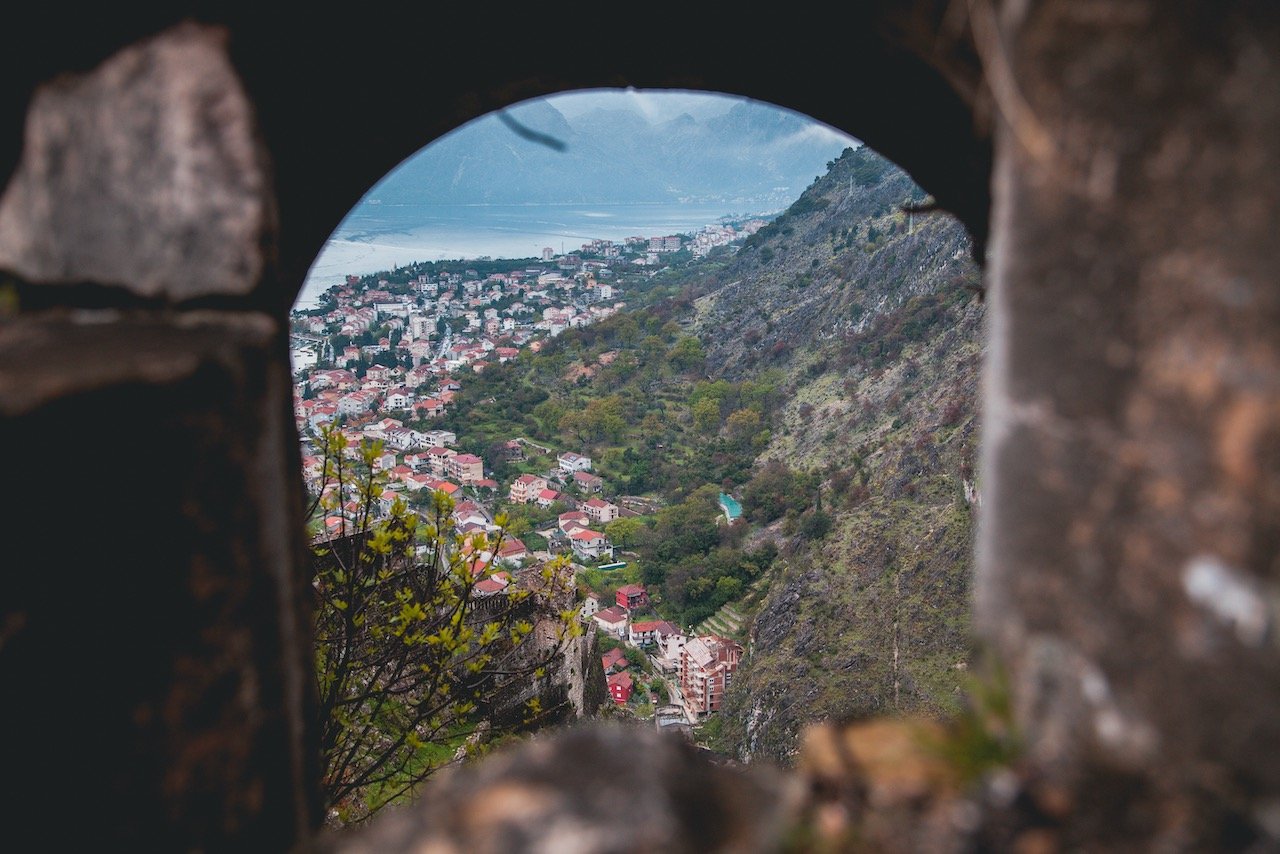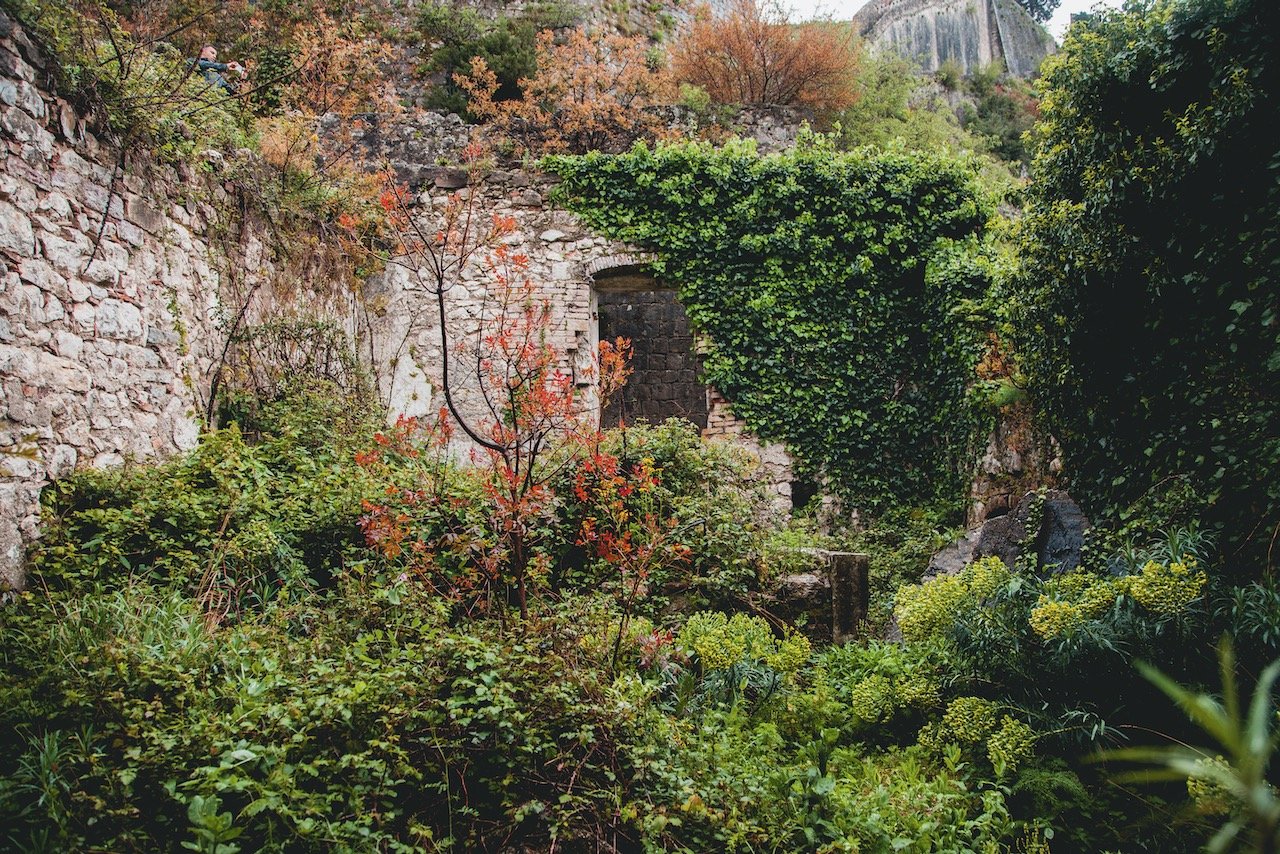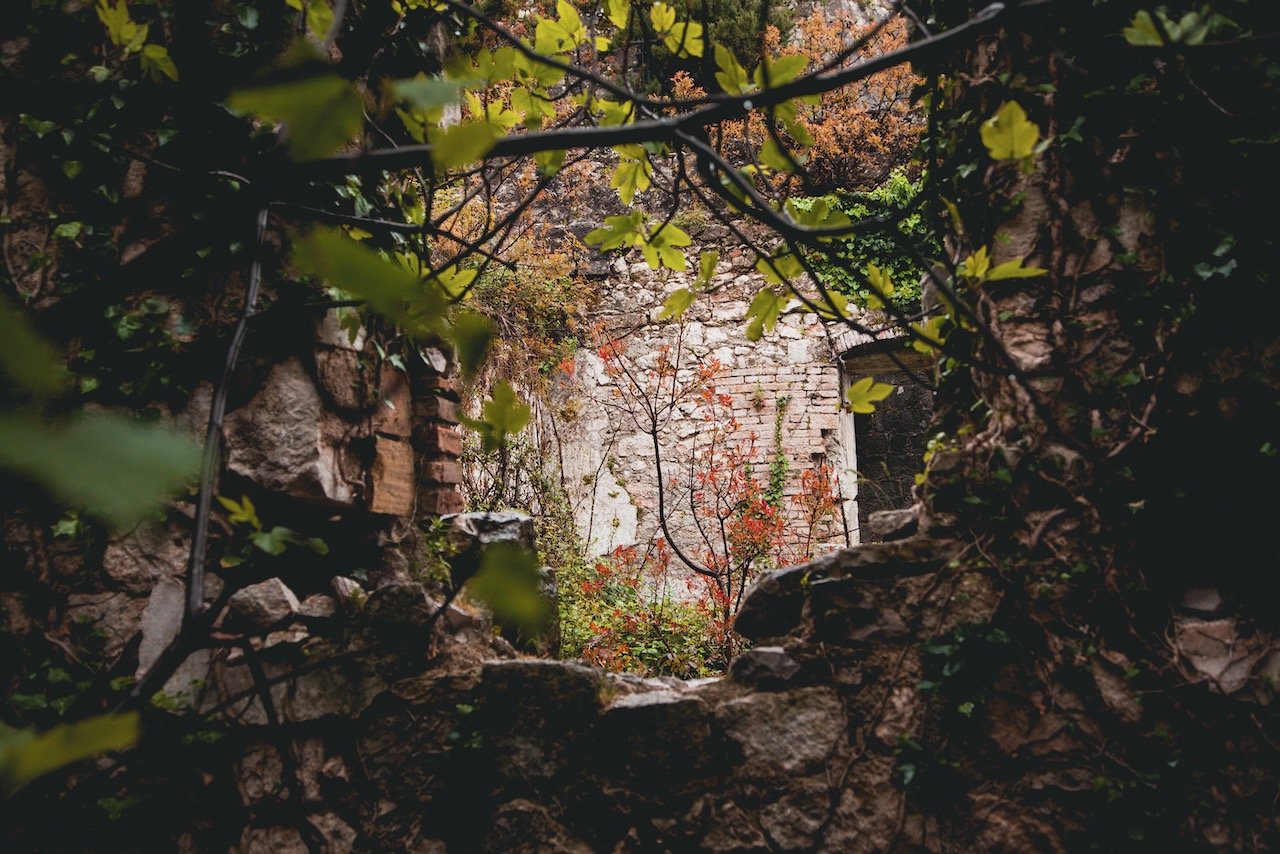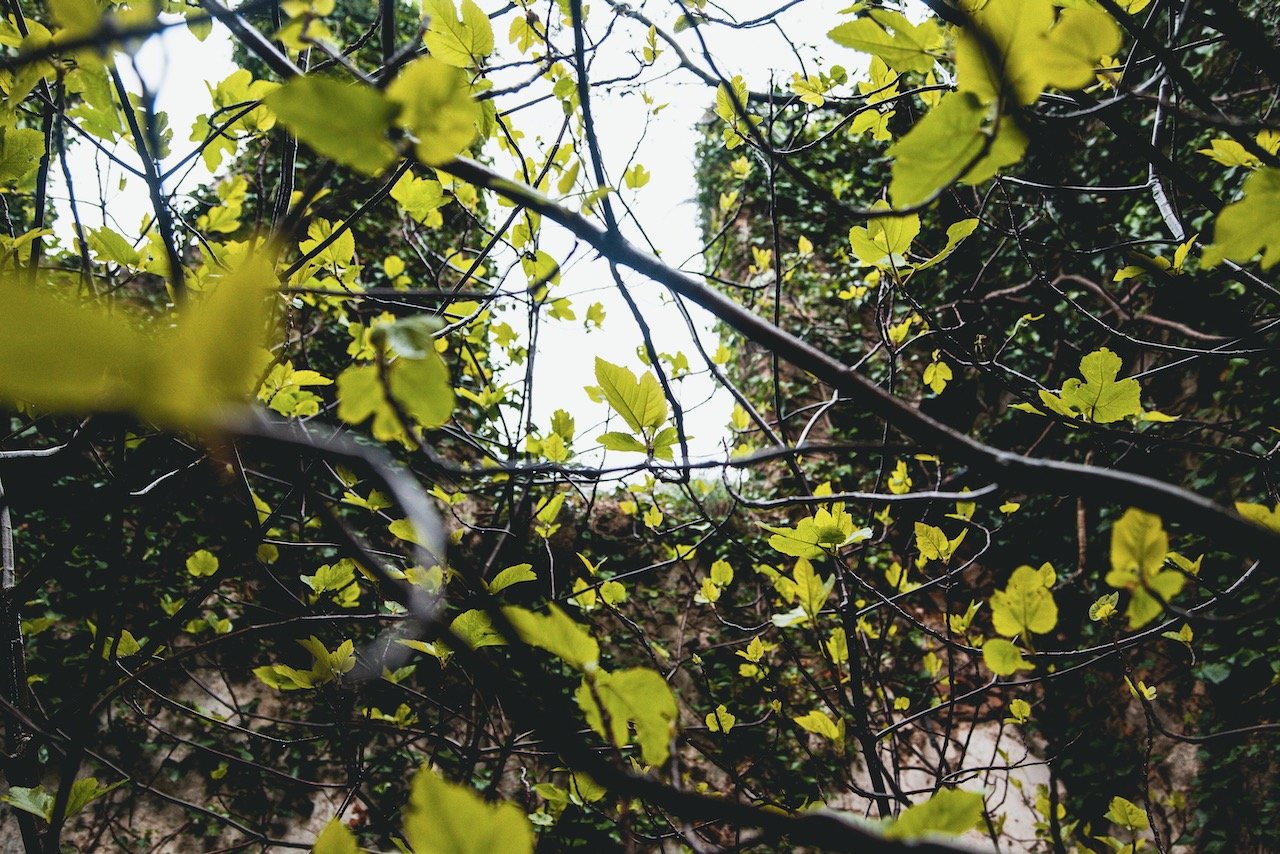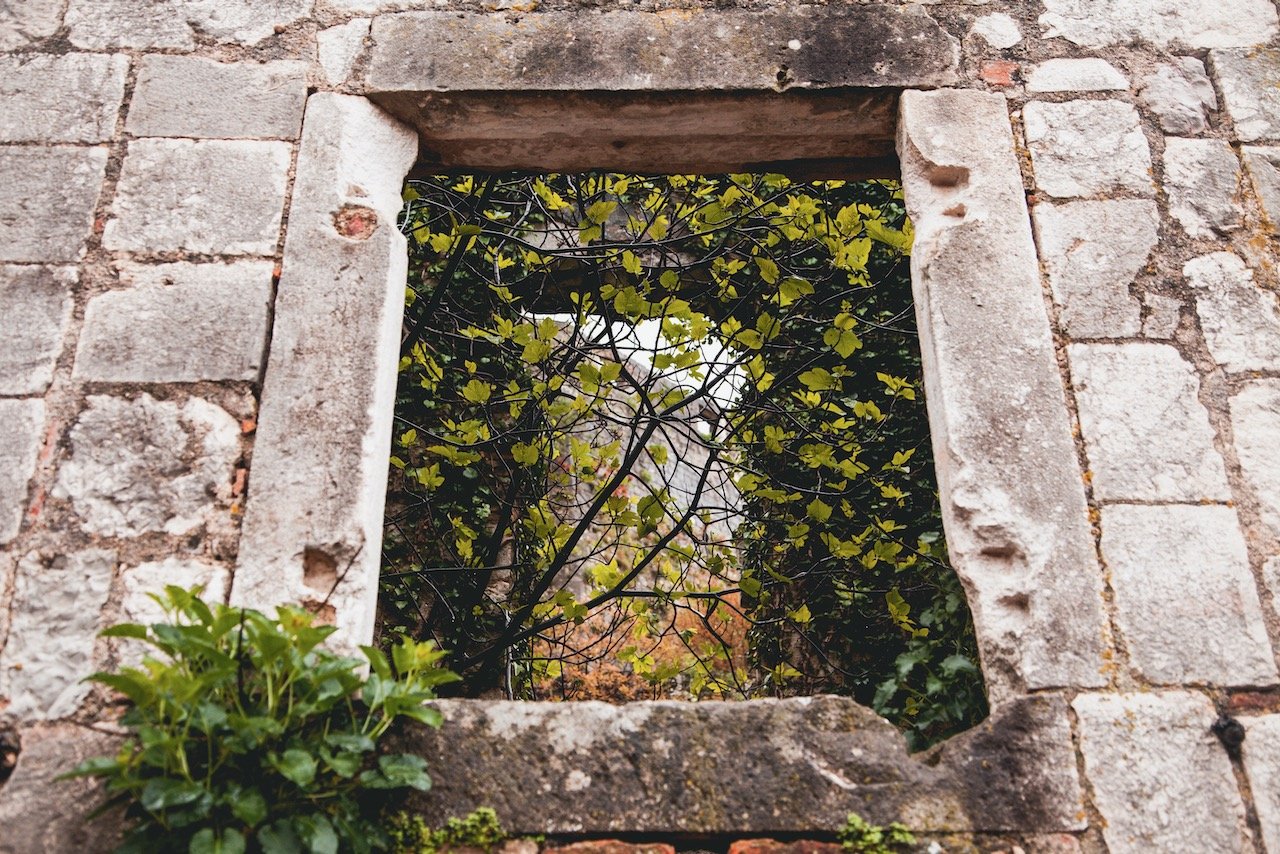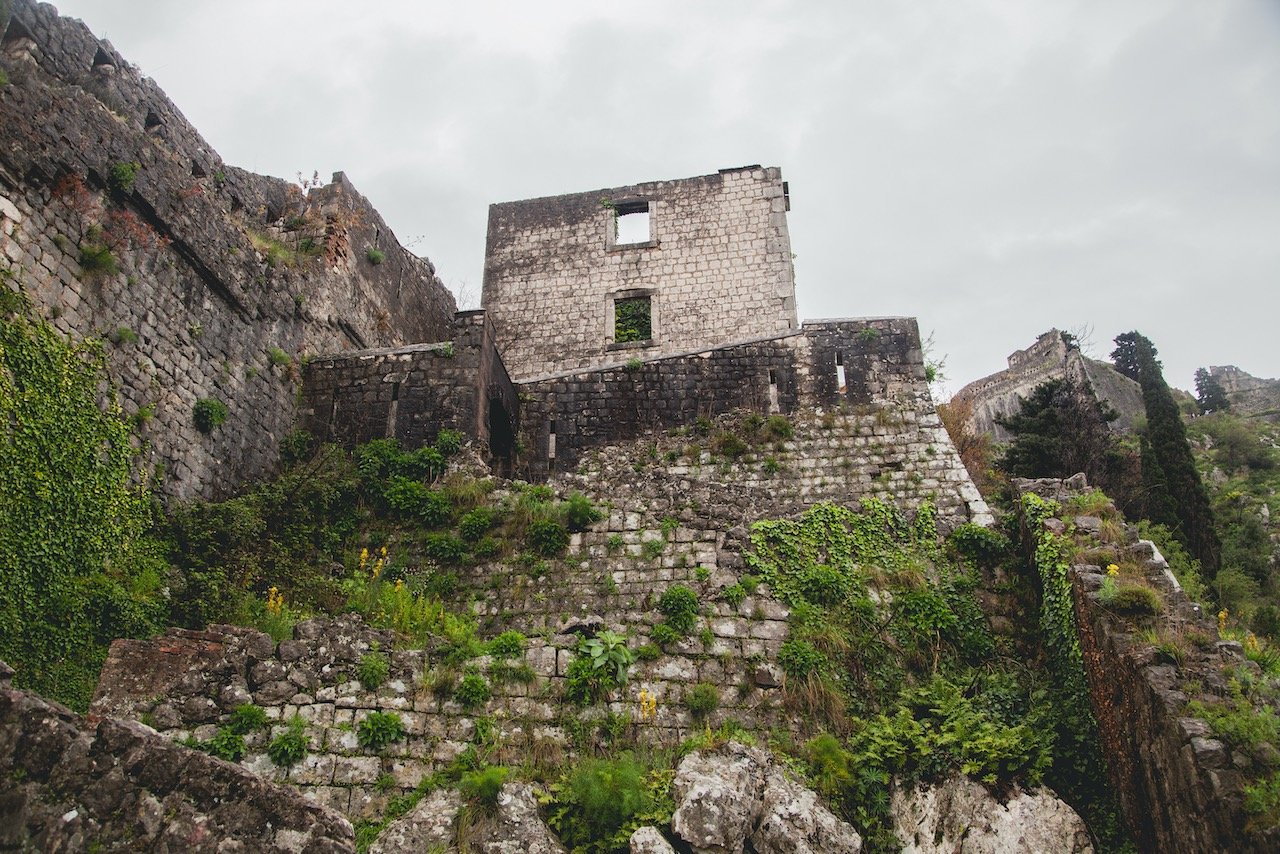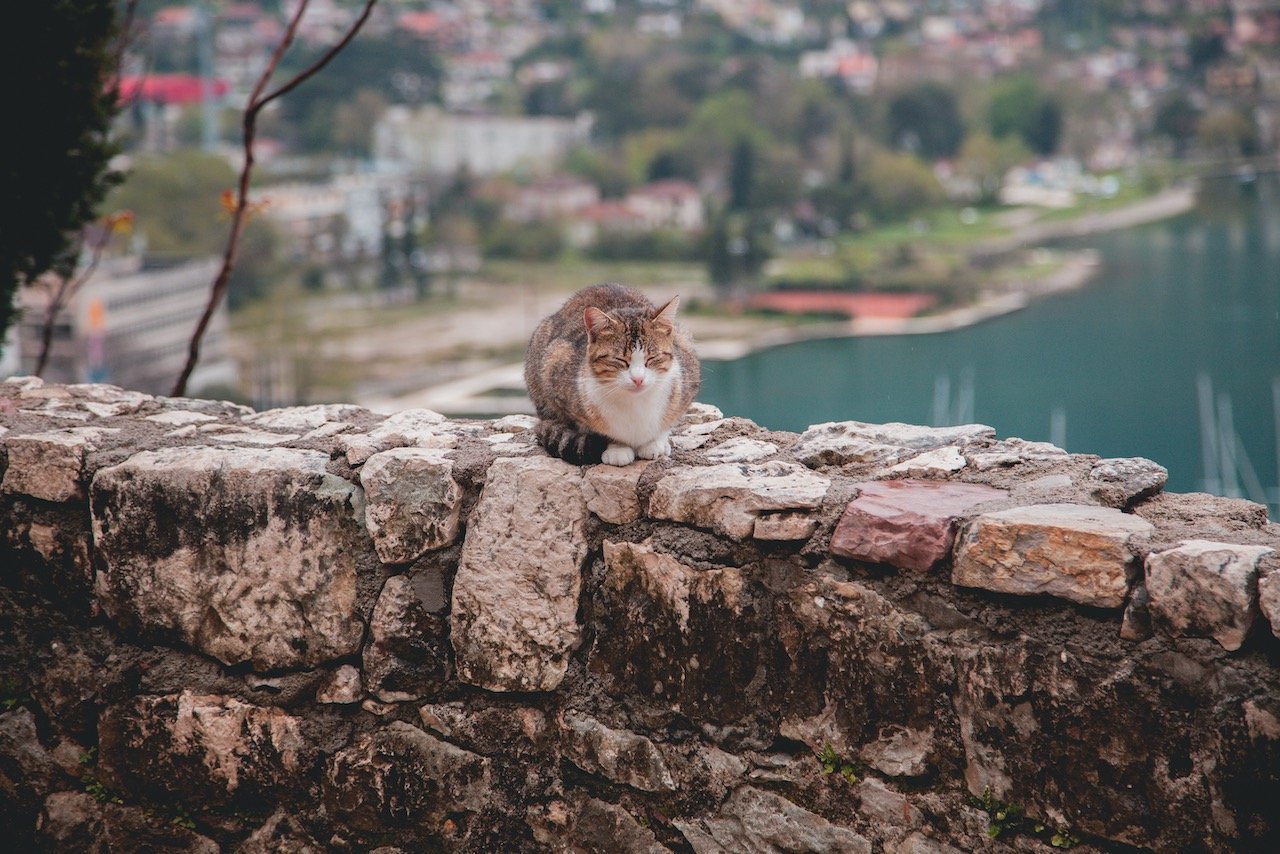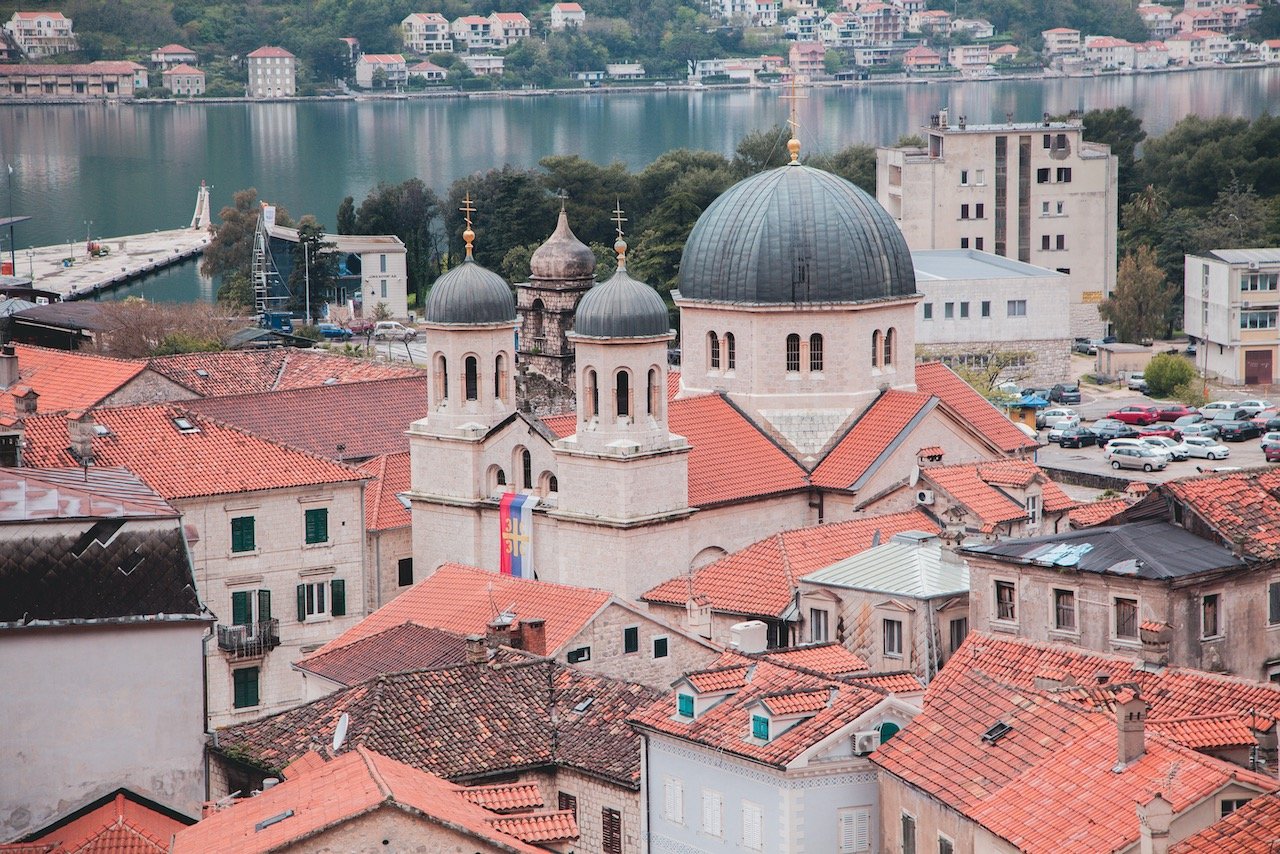Start your Balkan adventure by exploring Kotor, Montenegro
(Some links in this post are affiliate links. If you click through and take action, I'll be compensated.) If you are also interested in any PRINTS from any of my posts, be sure to check out my store where you can buy prints as posters, in metal/wooden frames or on canvas.
I can’t remember the first time I’d ever heard of Kotor, nor Montenegro but I think it was perhaps when I starting understanding more about the history of the Balkans and after my first visit to Croatia. Then I remember doing some trip research, to try and find a destination where I could hire a boat and sail around, and Montenegro was one of the choices. I was hooked at this point.
While I never went on the sailing trip, I had my eyes set on seeing Kotor. After visiting Dubrovnik several times in my life (Blog Post here: A guide to the walled city of Dubrovnik), I had heard more and more about Montenegro’s peninsula towns as well, like Budva and Herceg-Novi, which were similar to Dubrovnik but cheaper and less crowded. Therefore, I wanted to plan a trip where I could see Kotor along with one of these coastal towns for my first travel stint into Montenegro.
Kotor, whose first mention was in 168 BC, is situated in the Bay of Kotor (Boka Kotorska) and is surrounded by rock and stone fortifications from the Venetian Era. These formations ensured protection of the town from the 15th to 17th centuries. The entire town itself, including the walls that protect it, are a UNESCO World Heritage Site. The town has historically Italian roots and was Italian speaking at one point, however has shifted to Serbian in recent decades and in present day, the Montenegrin language spoken is really just a dialect of Croatian (I am told).
Check out my drone video of Kotor, Montenegro below!
I booked a flight to the Podgorica, the capital of Montenegro and proceeded to take the train into the city center to catch the bus to Kotor (approximately 2.5 hour journey). The bus took us to Kotor via Budva (which we had already planned to see later on our trip). The Kotor bus station is just a few hundred meters away from Kotor’s Old Town, and also where our accommodation was. We set out to explore the city the moment we dropped our bags off and this is what we found:
Stari Grad (Kotor Old Town) encompasses the entirely of the walled in portion of Kotor. This is where you want to explore, to stay, to shop, and to eat. Just walking through, you will encounter churches, boutiques, bars, cafes, restaurants, historical ruins, and small squares like Trg od Oružja. Of course there is plenty to see beyond the city walls, Stari Grad is just where you will probably spend most of your time. Prices for goods and food as one might expect are higher within the city walls too, so if you desire a cheaper food option for example, try to venture a little bit outside and see what you can find (We found a GREAT BBQ place that had awesome reviews outside the city walls and it was just perfect).
There are a plethora of churches within Stari Grad to check out, including:
St. Tryphon Cathedral (Katedrala Svetog Tripuna) - one of two roman catholic cathedrals in Kotor. It was consecrated all the way back to June 19, 1166. Massive earthquakes in 1667 and 1979 greatly damaged the cathedral. It is dedicated to St. Tryphon who is the protector of Kotor.
Church of St. Nicolas - A Serbian Orthodox Church in Kotor. It was built between 1902 and 1909 to replace an older, burnt church. The gold crosses on its domes were a gift from Russia.
Church of St. Luke - Built in 1195 by Mauro Kacafrangi consisting of Romanesque and Byzantine architectural influences. It has escaped damage from the earthquakes in Kotor over the years and possesses two altars, one for its catholic and another for its orthodox dispositions.


St. Matthias Church is a catholic church situation outside the city walls, on the Bay of Kotor. For me, I really enjoyed its bright salmon colored facade and belltower. Simple yet elegant. Unfortunately, it wasn’t open at the time of our visit so I took Toby (my drone) up to snap some great photos and film.
San Giovanni Castle, or Kotor Castle, is situated on a mountain top and overlooks the Bay of Kotor. Needless to say, it is the one place that you have to see on your time here. You can start your hike to this point in the back of Kotor Old Town. You will see a trial map before ascending stairs in a small alleyway and eventually reach a ticket book. Tickets beyond this point cost 4 euros/person (well worth it!). Also, food for thought: you will span some 1350 stairs on this hike.
Upon ascending, one of the first landmarks you will run into is the Church of Our Lady of Remedy, which is considered to be the oldest building in Montenegro. It is rather small, but this catholic church can still be seen from the Old Town and is a great first viewpoint along your hike.
Just a little bit higher, you will find yourself at another viewpoint for great photo opportunities, this one called Osmatračnica. Speaking of views, there are quite a few places to stop at along this hike for breaks, so if you manage to stop at all of them, the hike may very well take you much longer than intended. But still nice to see Kotor from above at any one of them!
At about the halfway point into the hike, you will stumble onto some fortified ruins. I can best describe this as a very enchanting part of the mountain, where some decayed stone walls and overgrown plants and trees are thriving. I really enjoyed this part of the hike because it felt like we were discovering this cozy, safe and inviting space with so much history to it. My favorite photos were from this point.
From here it was another few minutes to the fortress. The conditions of the walkways weren’t too bad, especially after the rainy days we had.
Once you get to St. Giovanni’s, ENJOY IT! Take in the views, have some food, drink some water and just sit there admiring the Bay of Kotor and making friends with all the cats that will most likely be around you. From here, you can also see another trail that starts further below the old town and goes all the way up to the mountain top. This trail is called the Ladder of Kotor, which is quite obvious when you have a drone and can see it from above. We didn’t take this trail but would be a great challenge if you were keen for one.
Kotor Beach is a 1 km long and 15 meter wide beach, composed of mostly sandy pebbles that is just a short walk away from Stari Grad. Since our visit was in April, the water (and weather) were definitely not optimal for swimming but I imagine this place to be teeming with people in the summers. On either side of the beach are bars and restaurants as well.
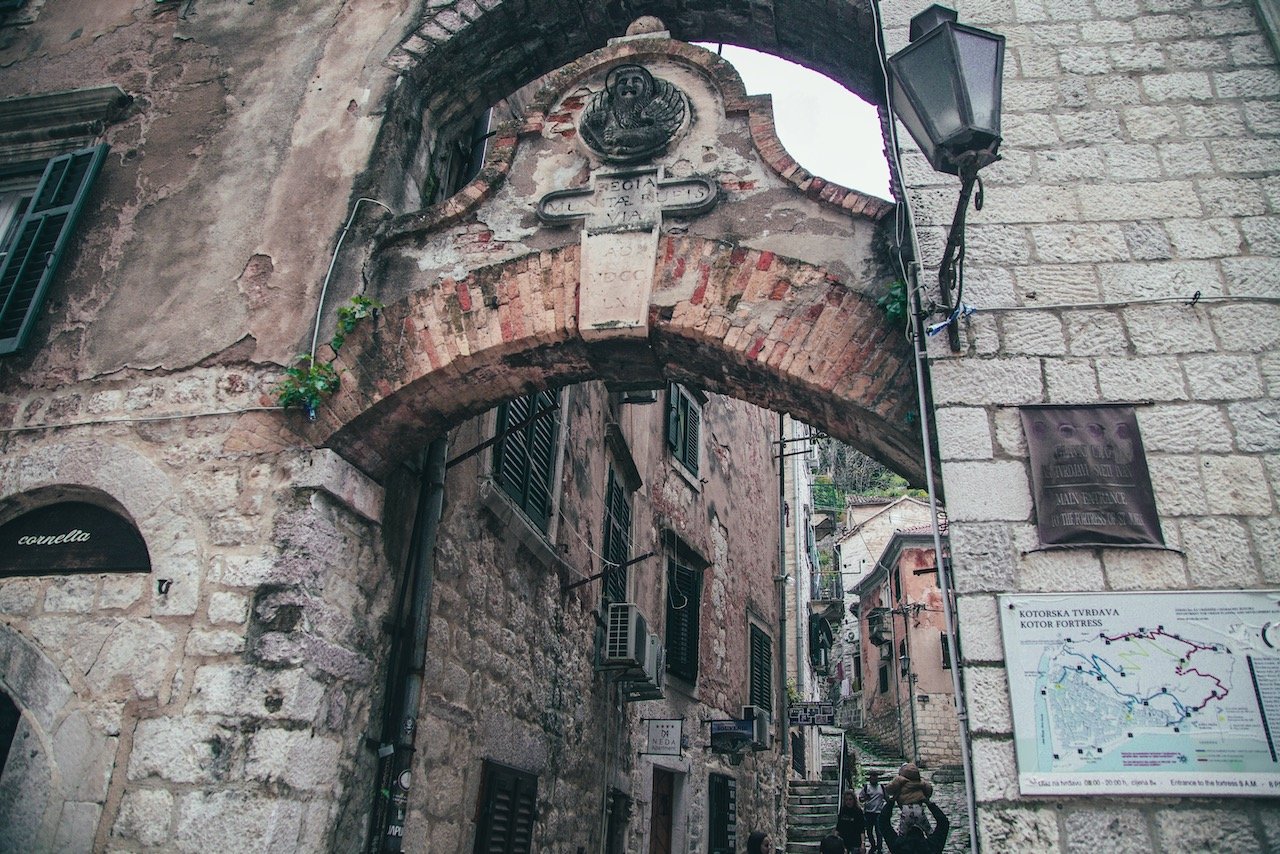
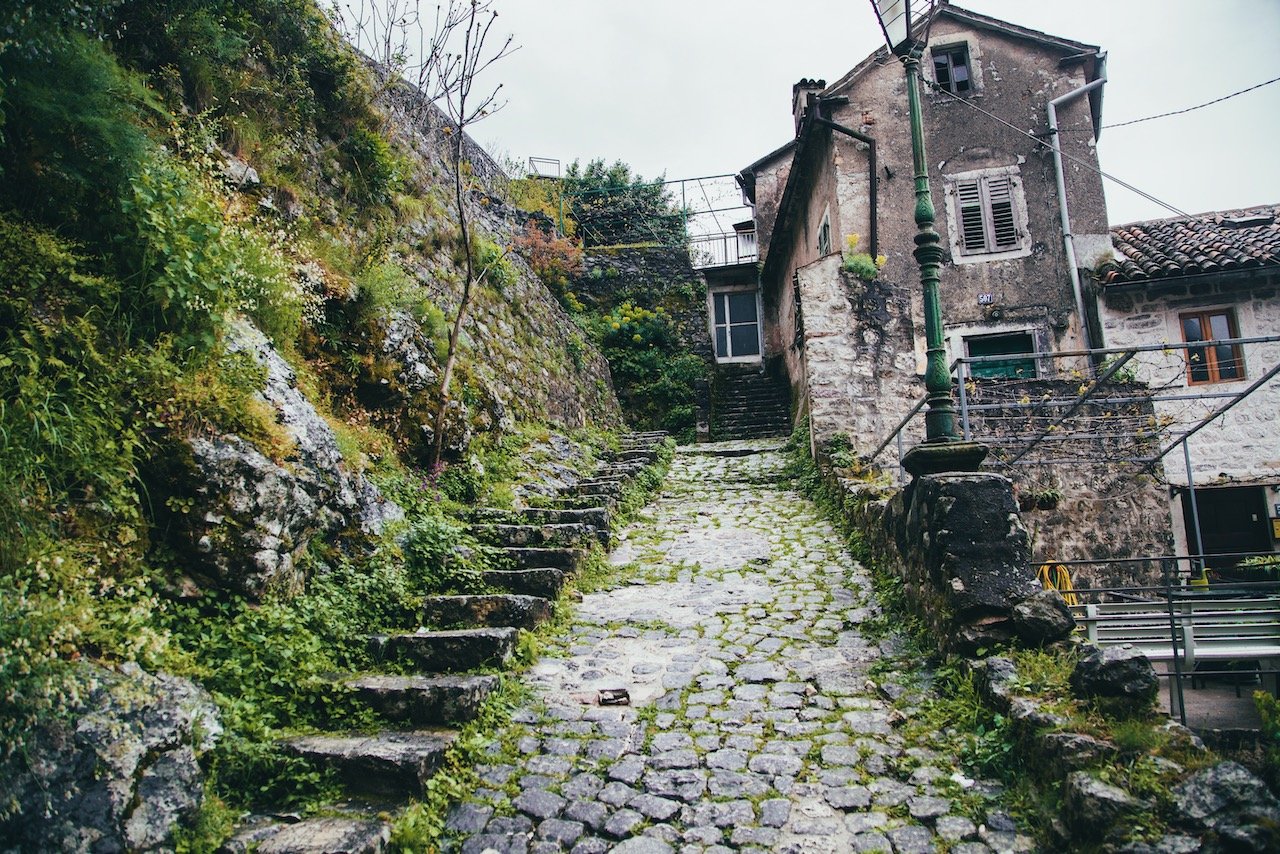
Due to the strategic location of Kotor, the city is a harbinger of many fortresses, each with its own unique history. Some of them include:
Fort Gorazda - built between 1884 and 1886 by the Austro-Hungarian empire. Artillery battles took plans here between the Austrian occupants against the Montenegrins on nearby Mount Lovćen during WWI. The Austrians won this battled with a daring offensive. The Gruson turret on its roof is 100 tons and is the last of its type in existence. Now the fort sits abandoned and can be visited by anyone.
Fort Vrmac - another fort built by the Austro-Hungarian Empire between 1894 and 1897. It received heavy bombardment by the Montenegrins during WWI but was repaired and disarmed before the end of the war.
Fort Šanik - Another Austro-Hungarian fortress near the Montenegro Coastal Transversal pathway.
